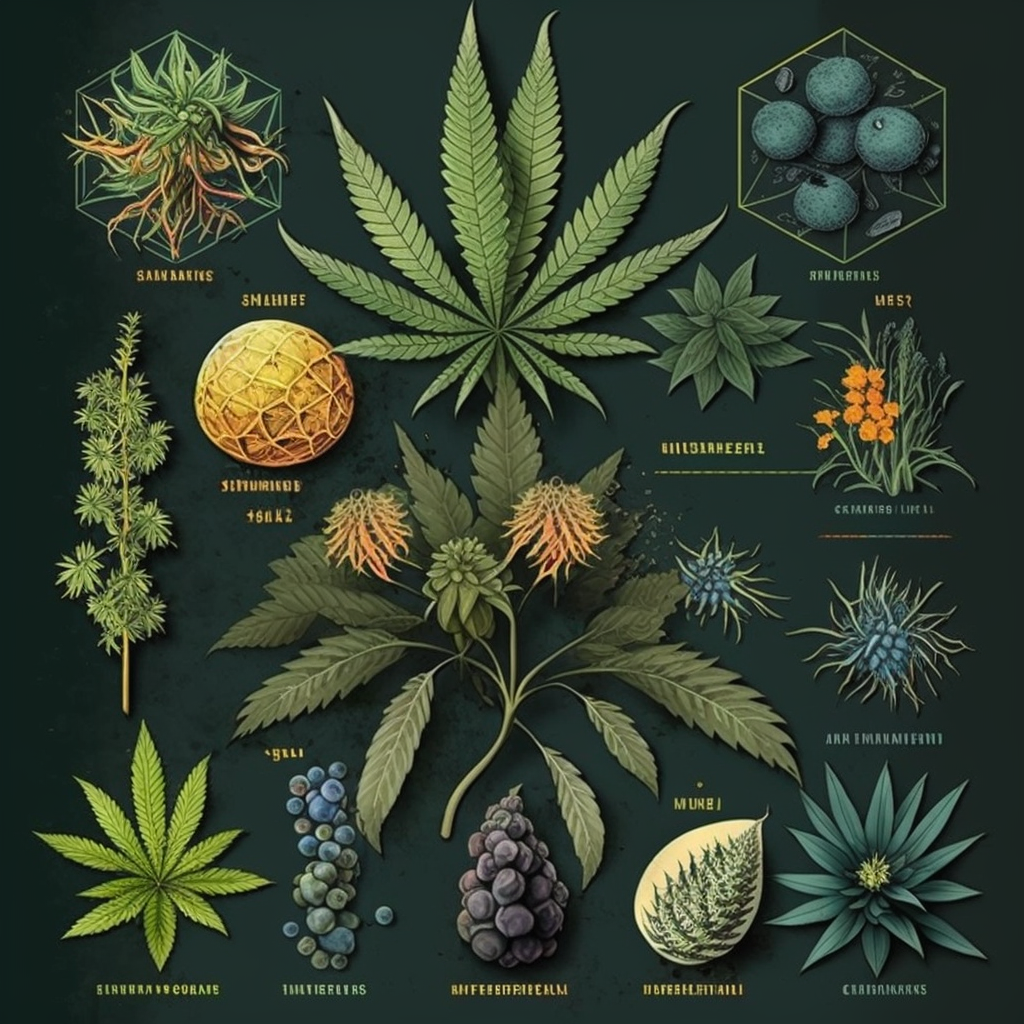
As global interest in cannabis continues to grow, it is crucial to provide accurate information to consumers, ensuring they have a comprehensive understanding of the plant and its effects.
For years, the cannabis industry has relied on the Indica vs. Sativa classification system, which, as mentioned earlier, lacks scientific backing.
In light of recent research, it is essential to reconsider this outdated method of categorizing cannabis strains.
‘Indica’ or ‘Sativa’ does not cover it
Sean Myles, a geneticist and cannabis expert, sheds light on this issue:
“Our recommendation is to avoid the use of ‘indica’ and ‘sativa’ as it’s likely to create confusion in the marketplace. So far, there is no evidence to support this dichotomy as a useful tool for describing ancestry or chemical composition. We advise producers to describe the content of their product empirically with regards to cannabinoid and terpenoid content.”
Myles’ statement underlines the importance of moving away from the Indica vs. Sativa classification, emphasizing the need for a more empirical approach.
By focusing on the specific cannabinoid and terpenoid content of each cannabis strain, producers can provide consumers with a better understanding of the product’s potential effects. This shift would also help eliminate confusion and misconceptions that arise from the arbitrary Indica and Sativa labels.
In addition to the benefits of a science-based classification system for the cannabis industry, this change could also have a positive impact on medical cannabis research.
By focusing on the specific compounds present in each strain, researchers can better understand the potential therapeutic effects of cannabis and develop targeted treatments for various conditions.
So the time has come to move away from the simplistic and misleading Indica vs. Sativa classification system and embrace a more accurate, science-based approach.
What does Cannabis actually contain?
Cannabis is a complex plant that contains numerous chemical compounds, including cannabinoids and terpenes, which are responsible for its distinct effects and taste.
These compounds work together in synergy, creating what is known as the “entourage effect” to produce a unique experience for the user.
Understanding the roles of cannabinoids and terpenes can provide a clearer insight into the potential effects and flavors of different cannabis strains.
Cannabinoids

Cannabinoids are the primary active compounds found in cannabis, with over 100 different types identified so far.
These compounds interact with the body’s endocannabinoid system (ECS), which helps maintain balance and regulate various physiological processes such as appetite, mood, pain sensation, and immune response.
The two most well-known cannabinoids are tetrahydrocannabinol (THC) and cannabidiol (CBD).
THC: THC is the primary psychoactive component in cannabis, responsible for producing the “high” or euphoric feeling associated with its use. It binds to CB1 receptors in the brain and central nervous system, leading to feelings of relaxation, heightened senses, and altered perception of time.
CBD: CBD is a non-psychoactive cannabinoid that has gained significant attention for its potential therapeutic benefits.
It has been found to have anti-inflammatory, analgesic, and neuroprotective properties, among others. CBD can counteract some of the negative effects of THC, such as anxiety or paranoia, by modulating its interaction with CB1 receptors.
Other cannabinoids, such as cannabinol (CBN), cannabigerol (CBG), and cannabichromene (CBC), also contribute to the overall effects of cannabis, albeit in smaller amounts.
Terpenes

Terpenes are aromatic compounds found in many plants, including cannabis.
They are responsible for the distinct flavors and aromas associated with different strains of cannabis.
Terpenes also play a role in the therapeutic effects of cannabis, as they can interact with cannabinoids to enhance or modify their action.
There are over 200 different terpenes found in cannabis, but some of the most common ones include:
Myrcene: This terpene has an earthy, musky aroma and is the most prevalent terpene found in cannabis. Myrcene has been shown to have sedative, analgesic, and anti-inflammatory properties, contributing to the relaxing effects often associated with Indica strains.
Limonene: Limonene has a citrusy aroma and is known for its uplifting and stress-relieving effects. It has also been found to have antifungal, antibacterial, and anti-anxiety properties.
Pinene: Pinene is found in many plants, including pine trees, and has a distinct pine-like aroma. It is known for its anti-inflammatory, bronchodilatory, and memory-enhancing properties.
Linalool: Linalool has a floral, lavender-like scent and is known for its calming and sedative effects. It has also been found to have anti-anxiety and anti-inflammatory properties.
Caryophyllene: This terpene has a spicy, peppery aroma and is unique because it can also interact with the endocannabinoid system. Caryophyllene has been found to have anti-inflammatory, analgesic, and neuroprotective properties.
Cannabis is a complex plant made up of various cannabinoids and terpenes, which work together to create its unique effects and taste.
The specific combination and concentration of these compounds in each strain contribute to its distinct profile, highlighting the importance of understanding their roles in predicting the potential effects and flavors of different cannabis varieties.
By focusing on the empirical description of cannabinoid and terpenoid content, we can provide consumers with a clearer understanding of the effects of each cannabis strain.
This shift will not only reduce confusion in the marketplace but also contribute to the advancement of cannabis research and the development of effective medical treatments.
